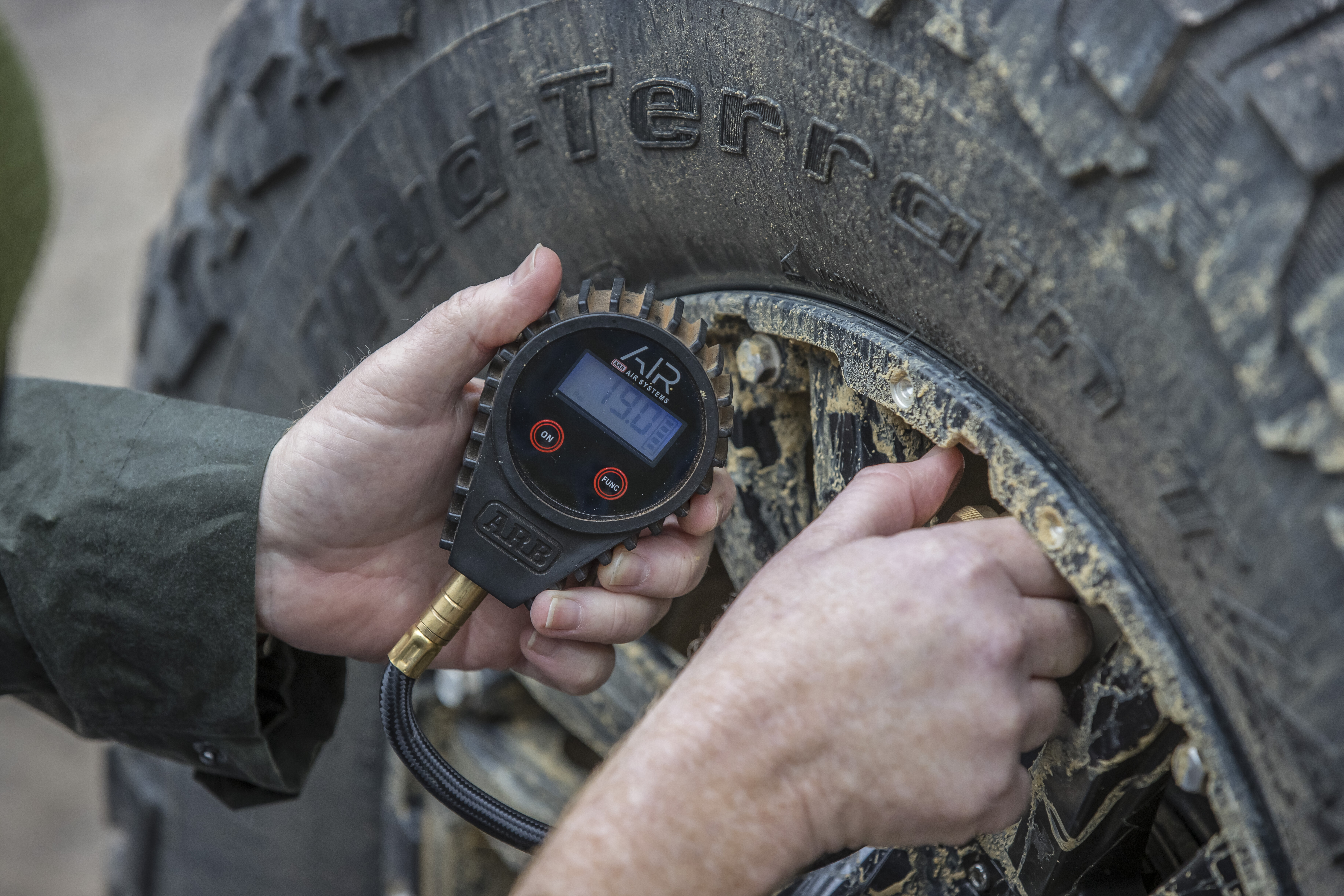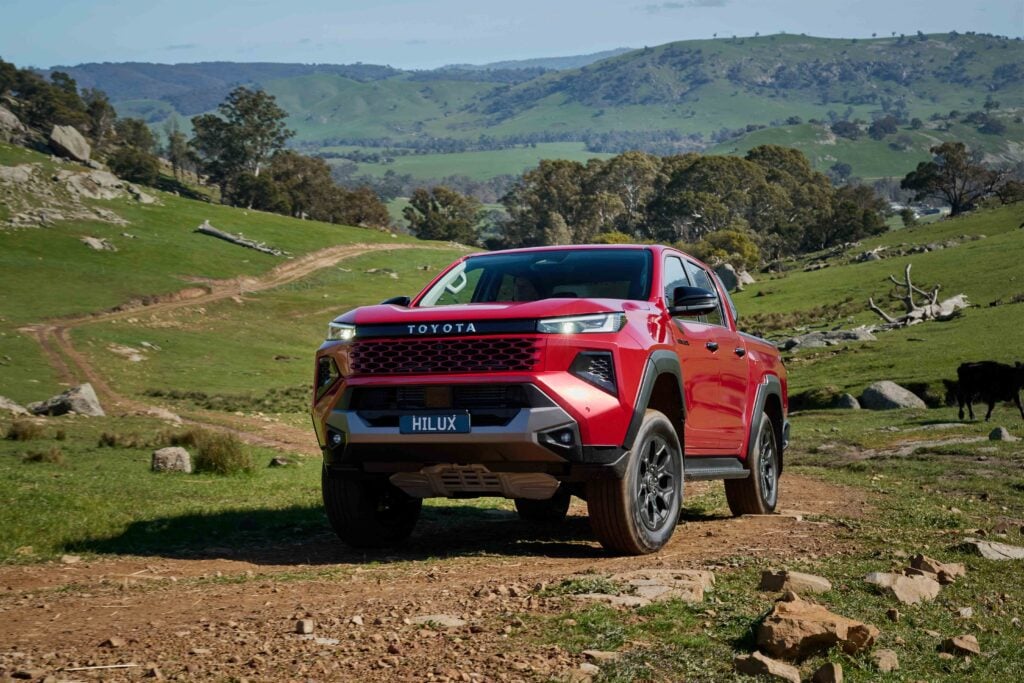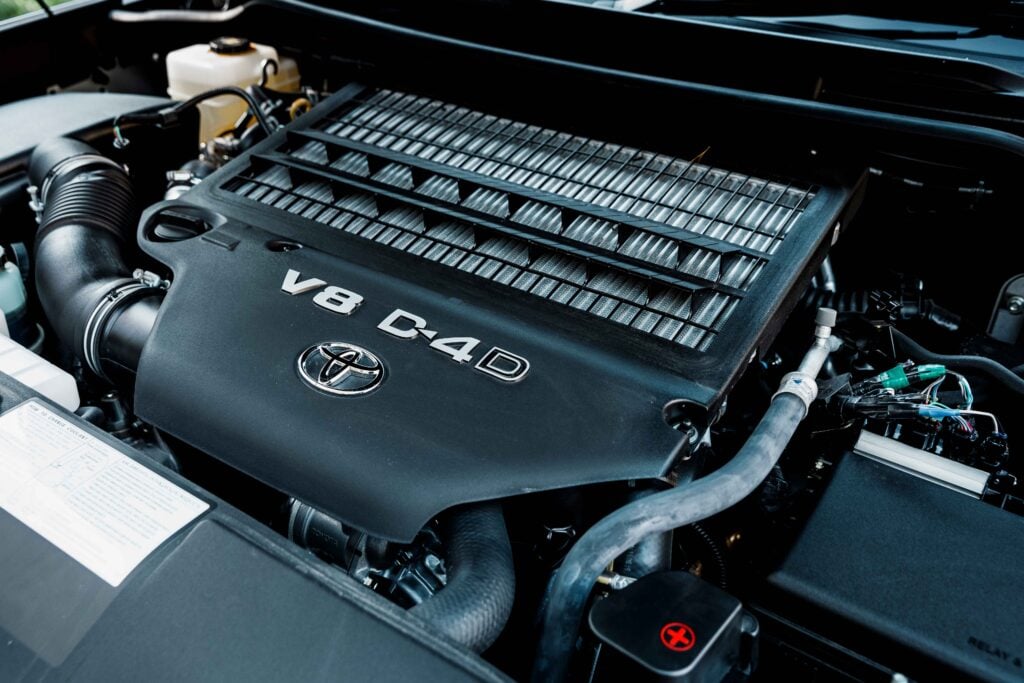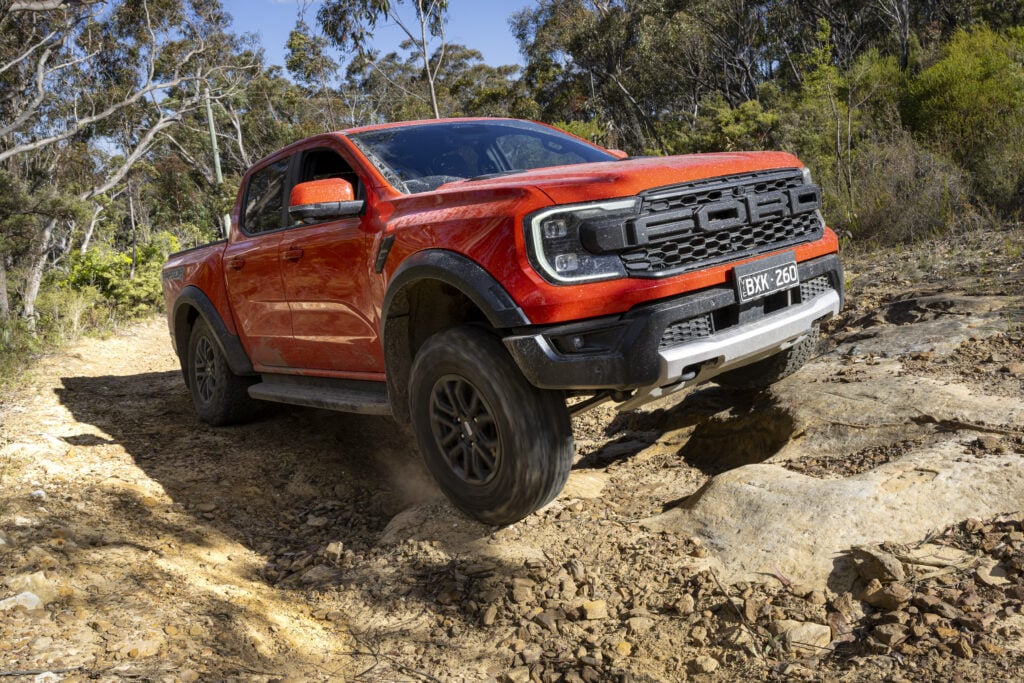It’s encouraging to see tyre-pressure monitoring systems (TPMS) becoming standard on an increasing number of new vehicles.
In fact, I think a TPMS is one of the most important safety features you can have on any car, and they really should be mandatory in all new vehicles. Think about it for a minute. The tyres on your car are your only contact with the road. They determine how well your car turns, stops, accelerates, avoids pedestrians, negotiates a bend, and every aspect of how the car drives. On top of that, they also play a big part in how comfortable the ride is.
New-car manufacturers and the authorities that test and rate vehicle safety are big on fitting the latest autonomous emergency braking (AEB), electronic stability control (ESC), ABS brakes and so on – but none of these electronic or hydraulic systems will work properly if the tyres don’t have the right grip on the road. And proper grip starts with correct tyre pressure.
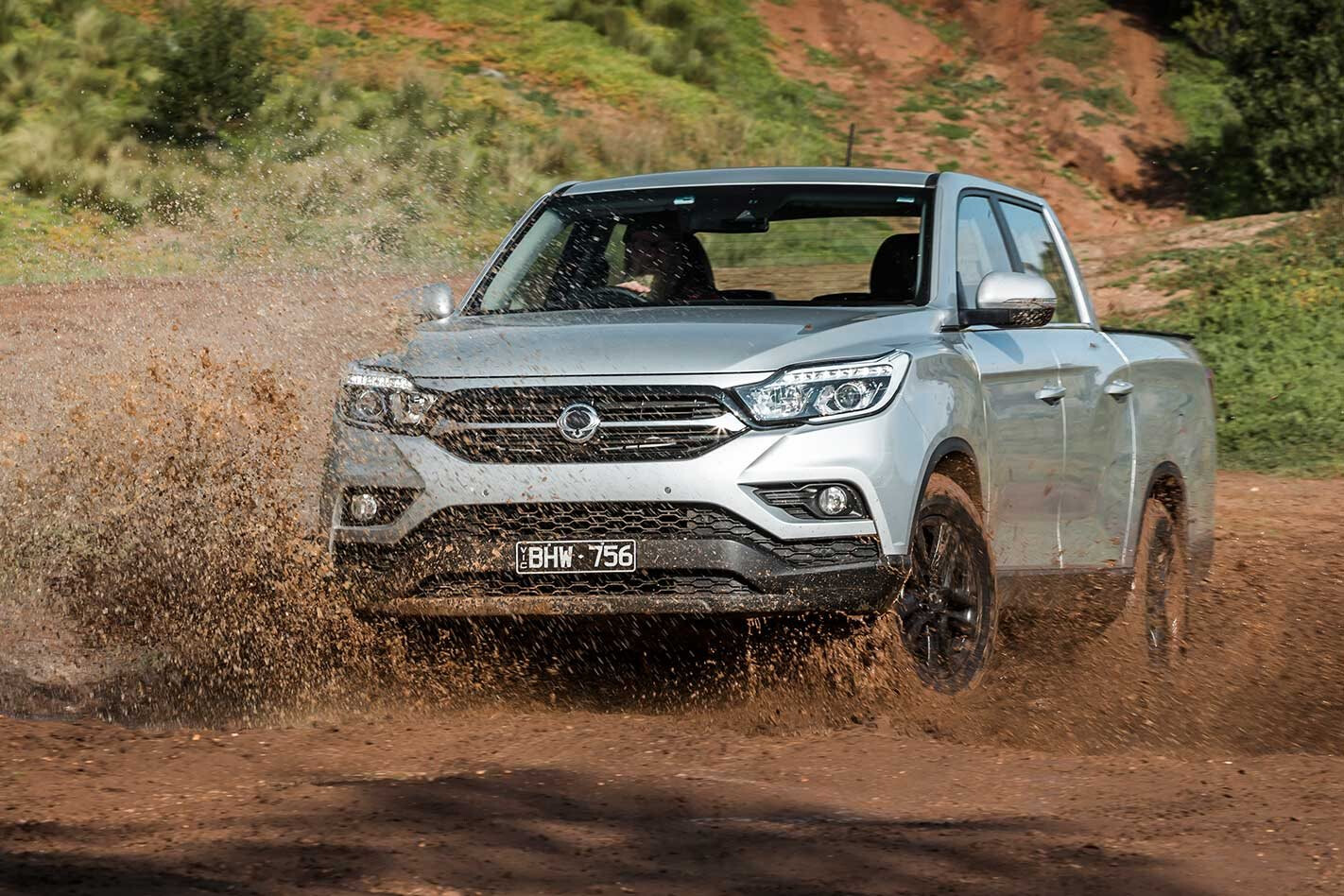
I’ve been a big fan of the TPMS on the KGM Musso. It not only allows you to check the pressure in each tyre and warns you if it gets too low or too high, it also randomly brings this information up on the dash screen to remind you. It keeps tyre pressures on your mind, whereas most drivers never give them a second thought.
I used the Musso’s TPMS to manage a slow leak in one tyre for as long as I could before I had to change it. When that time came, the system let me know instantly, reducing the risk of lessened performance that could have led to a loss of control or an accident, and it helped save the tyre from further damage.
I also spent some time in a LandCruiser Sahara. While standing beside it as the camera operator reset his gear, I noticed the slightest hiss coming from the offside rear tyre. Closer inspection revealed a screw had punctured the tread, letting air out. The LandCruiser is a $125,000 vehicle, yet it didn’t have this essential safety equipment standard, whereas our $43K Musso did. Hopefully, Toyota will rectify this in future models.
Because the leak was slow and I caught it early, we were able to drive out of the forest to a service station, top up the air, and get home. I didn’t want to change the tyre on a wet, muddy track, so topping it up on the way home made it easy to replace the tyre safely in my driveway the next morning using a trolley jack. If I hadn’t heard that hiss, and with no TPMS to warn me, the tyre could have dropped low enough to destroy itself – or worse, caused a loss of control.


